Discover the breathtaking allure of Jerusalem from above – a city adorned with seven magnificent mountains. From the sacred Mount Scopus to the serene Mount of Olives, each peak holds profound historical and religious significance. Embark on a panoramic journey through time, where the past and present intertwine to inspire visitors worldwide.
This guide will take you on a tour of the city’s seven mountains, offering a unique perspective on some of its most iconic sites.
Mount Scopus: The Highest of the Seven Mountains
Located in northeast Jerusalem and rising 826 meters above sea level, Mount Scopus is the highest of Jerusalem’s seven mountains. Located on the eastern edge of the city, it offers panoramic views of the Old City and houses the Hebrew University campus, blending education with history.
Mount Scopus is also home to one of Jerusalem’s oldest and most important sites, the Shrine of the Book. Here you can find ancient manuscripts such as The Dead Sea Scrolls and other artifacts from throughout Jewish history.
From its summit, you can see as far as Jordan and Bethlehem in one direction and Tel Aviv and the Mediterranean Sea in another. Despite witnessing conflict, such as the tragic loss of 78 Jews in an ambush in 1948, Mount Scopus remains a symbol of resilience and hope.
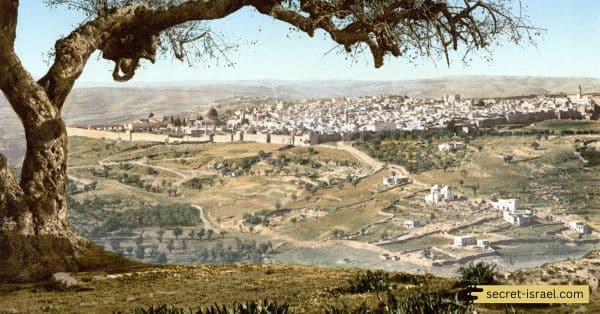
Mount Olivet (The Mount of Olives): A Symbol of Peace
The Mount of Olives, also known as Mount Olivet, is a mountain ridge located in east Jerusalem, renowned for its tranquil olive groves. It stands as a symbol of peace, offering panoramic views of Jerusalem’s Old City.
The mount holds deep religious significance, featuring prominently in the New and Old Testaments. It houses key religious sites like the Chapel of Ascension, where it’s believed Jesus ascended to heaven, and the Garden of Gethsemane.
Despite its historical and religious importance, the serenity of its landscape offers a peaceful retreat from the bustling city below.
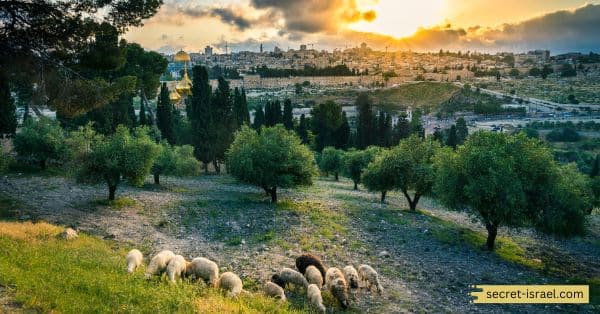
Mount of Corruption: Where History Comes to Life
Its name ‘Mount of Corruption’ stems from King Solomon’s era when idol temples were erected on its slopes. Located on the same ridge as Mount Olivet, this seemingly unassuming mountain hides a rich history.
It is believed that the mountain got its name from an ancient Greek legend. Telling of how Zeus punished his wife Hera by turning her into a cow and placing her atop the mountain.
These temples were built for the Zidonian gods, under the influence of Solomon’s pagan wives. Despite its tainted past, it holds a sacred significance in Jewish tradition as it is believed to be the commencement site for the messianic era.
The mount also houses the Garden of Gethsemane and is considered the place from where Jesus ascended to heaven. Today, it serves as a Jewish cemetery with a history spanning over 3,000 years, making it a living testament to history.
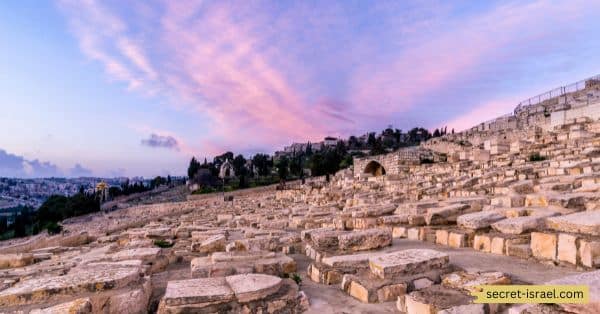
Mount Ophel: A Place of Art and Culture
Mount Ophel, located between the City of David and the Temple Mount in Jerusalem, is a significant archaeological site. The term “Ophel” translates to “swell or rise”, indicating its elevated position. It’s believed to have been built by King Solomon in the 10th century, serving as the biblical equivalent of an acropolis where royalty ruled.
Today, it houses the Yitzhak Ben Youssef Levy Garden-The Ophel, an archaeological park that showcases the rich history and cultural heritage of the area. Its significance in the Second Temple period makes it a key destination for those interested in art, culture, and history.
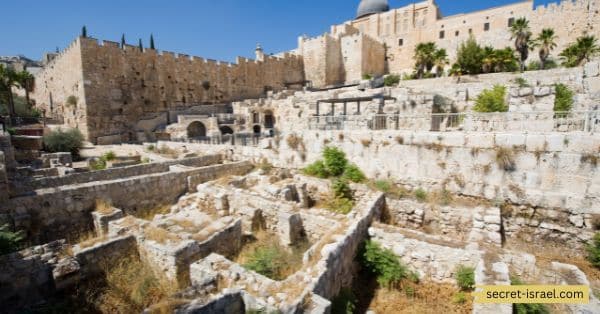
Original Mount Zion: The Heart of Jerusalem
This mountain is located just south of the Old City’s walls it was once the highest point in ancient Jerusalem and part of the walled upper city. Then was once known as the “heart of Jerusalem.” The term Mount Zion has been used variously in the Hebrew Bible, initially referring to the City of David, and later the Temple Mount.
Today, Mount Zion is home to several key religious sites, including the Church of the Dormition and David’s Tomb. It’s also a site of archaeological interest, providing insight into Herodian, Jerusalem. This historic hill stands as a symbol of Jerusalem’s rich past and spiritual significance.
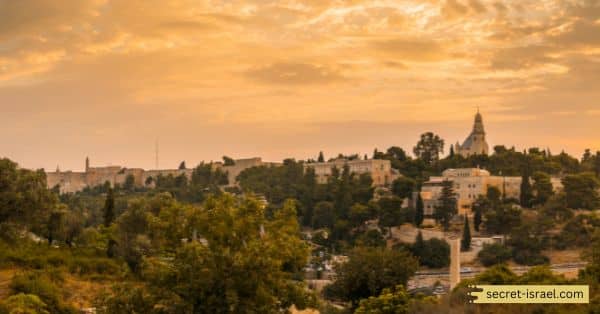
New Mount Zion: A Gateway to the Future
The New Mount Zion is located just north of the original Mount Zion and offers a unique view into Jerusalem’s future. Known for its disciplined approach to Bible studies and dynamic worship services, it fosters a strong sense of fellowship and spiritual enlightenment.
The church has initiated programs like ‘Zion Cares’ weekend, underlining its commitment to community service and outreach. New Mount Zion stands as a beacon of hope and renewal, embodying the biblical prophecies of a new Jerusalem.
Today it is home to a number of modern-day attractions, such as the Israel Museum and YMCA Tower. From here you can also catch glimpses of the famous Church of All Nations, which was built to commemorate Jesus’s last visit to Jerusalem.
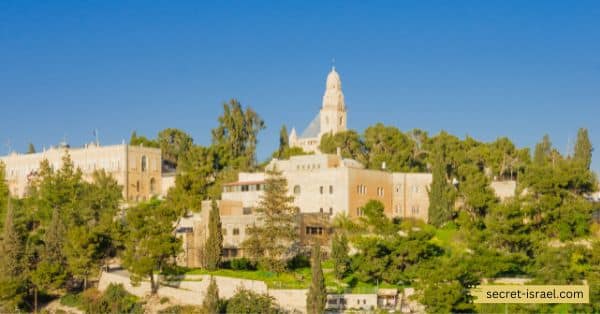
The Hill of the Antonia Fortress: Where History and Mystery Meet
This hill is located just north of the Old City walls and is home to the remains of the famous Antonia Fortress. Built by Herod the Great in 37 BCE and named after his patron Mark Antony.
It served as a military barracks and prison, most notably housing Jesus Christ before his crucifixion, according to Christian tradition. Despite its historical significance, much about the Antonia Fortress remains a mystery due to the lack of archaeological remains. Making it a fascinating destination for history enthusiasts and seekers of the unknown alike.
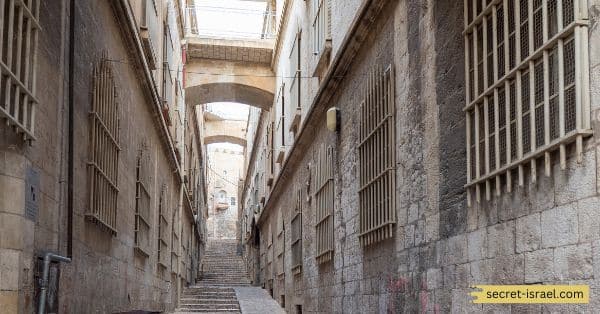
In conclusion
Having explored the fascinating views and history of Jerusalem’s seven mountains. The city from above remains a stunningly mesmerizing sight. As one navigates the terrain of each mountain. It becomes clear how each one has played a unique role in shaping Jerusalem’s history and present-day society.
From the heights of the Mount of Olives, one can fully grasp the city’s religious importance to Jews, Christians, and Muslims alike. Looking down from the rooftops of the Old City. The complex web-like structure of the city beneath appears like an open book with layers of stories awaiting further exploration.
Standing atop Mount Zion, the city’s multiculturalism and diverse community is unmistakable. Taken together, Jerusalem from Above: A Guide to the City’s Seven Mountains is a panoramic journey through an ancient and sacred city.
A place where the past and present converge. Revealing a timeless narrative that continues to inspire visitors from across the globe.












